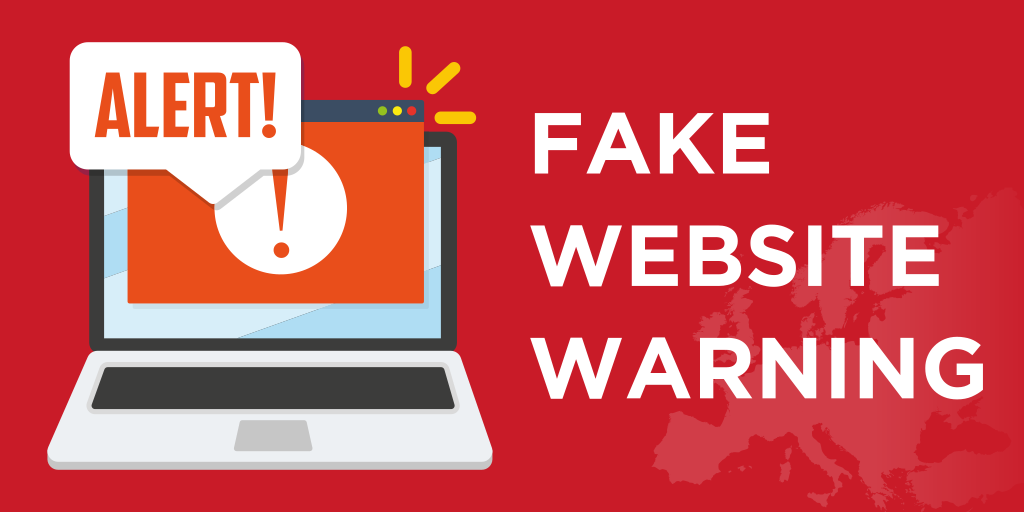Fake websites are created for different malicious purposes. They may be used to phish for personal data, distribute malware, or spread false information. It’s important to understand the risks of accessing fake websites, and how to protect yourself from them. If you want to check the rate of fake news then you may visit https://www.checkthefake.news/.

Image Source:Google
What is a Fake Website?
A fake website is a website that is designed to look legitimate, but is actually fraudulent. They often imitate popular, legitimate websites in order to trick people into entering personal information and passwords. Fake websites may also contain malicious links or software that can install malware on your computer and steal sensitive data.
What are the Risks of Accessing Fake Websites?
Accessing a fake website can be dangerous. The most common risk is that you may enter your personal information, such as passwords and credit card numbers, into a fake website. This information can then be used for identity theft and fraud. Fake websites may also contain malicious links and software that can install malware on your computer and steal your data.
How to Spot a Fake Website?
It’s important to be aware of the signs of a fake website, so you can avoid them. Here are some common signs of a fake website:
Poorly designed website: Fake websites may look different than legitimate websites, with low-quality designs, typos, and errors.
Suspicious URLs: Check the URL of the website you’re visiting to make sure it’s legitimate. Fake websites often have suspicious URLs, such as “.xyz” instead of “.com”.
Unusual requests: Fake websites may ask for personal information or payment that legitimate websites would not.
Incorrect security certificates: Fake websites may have expired or missing security certificates, which indicate that the website is not secure.

